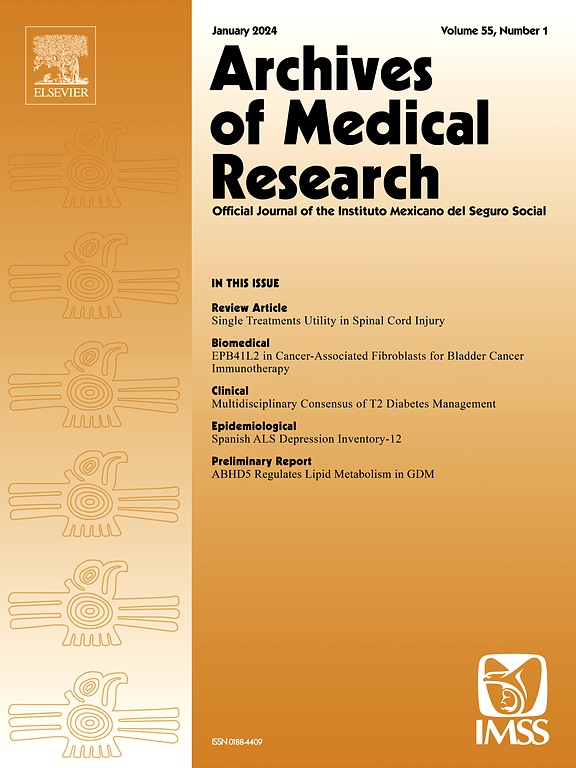NHERF2 regulatory function in signal transduction pathways and control of gene expression: Implications for cellular homeostasis and breast cancer
IF 3.4
3区 医学
Q1 MEDICINE, RESEARCH & EXPERIMENTAL
引用次数: 0
Abstract
Na⁺/H⁺ exchanger regulatory factor 2 (NHERF2) is a nucleocytoplasmic protein initially identified as a regulator of membrane-bound sodium-hydrogen exchanger 3 (NHE3). In the cytoplasm, NHERF2 regulates the activity of G protein-coupled receptors (GPCRs), including beta-2 adrenergic receptor (2β-AR), lysophosphatidic acid receptor 2, and parathyroid hormone type 1 receptor. In the nucleus, NHERF2 acts as a coregulator of transcription factors such as sex-determining region Y protein (SRY), involved in male sex determination, and estrogen receptor alpha (ERα). ERα is a ligand-dependent transcription factor that controls mammary gland growth and differentiation during puberty and pregnancy and plays a major role in the development and progression of breast cancer tumors. Altogether, the regulatory functions of NHERF2 on ion channels, GPCRs, and nuclear transcription factors have a modulatory effect on signal transduction pathways, metabolic homeostasis, cell proliferation and differentiation, neurotransmission, muscle contraction, and renal electrolyte balance. This work highlights NHERF2 functions in the cytoplasm and nucleus and underscores the nuclear mechanisms through which NHERF2 participates in the regulation of gene expression and tumor growth and progression in breast cancer.
NHERF2在信号转导通路和基因表达控制中的调节功能:对细胞稳态和乳腺癌的影响。
Na + /H +交换调节因子2 (NHERF2)是一种核细胞质蛋白,最初被鉴定为膜结合钠氢交换剂3 (NHE3)的调节因子。在细胞质中,NHERF2调节G蛋白偶联受体(gpcr)的活性,包括β- 2肾上腺素能受体(2β- ar)、溶血磷脂酸受体2和甲状旁腺激素1型受体。在细胞核中,NHERF2作为转录因子的共同调节因子,如参与男性性别决定的性别决定区Y蛋白(SRY)和雌激素受体α (ERα)。ERα是一种依赖配体的转录因子,在青春期和妊娠期控制乳腺的生长和分化,并在乳腺癌肿瘤的发生和发展中发挥重要作用。综上所述,NHERF2对离子通道、gpcr和核转录因子的调节功能对信号转导通路、代谢稳态、细胞增殖和分化、神经传递、肌肉收缩和肾电解质平衡具有调节作用。这项工作强调了NHERF2在细胞质和细胞核中的功能,并强调了NHERF2参与乳腺癌基因表达和肿瘤生长进展调控的核机制。
本文章由计算机程序翻译,如有差异,请以英文原文为准。
求助全文
约1分钟内获得全文
求助全文
来源期刊

Archives of Medical Research
医学-医学:研究与实验
CiteScore
12.50
自引率
0.00%
发文量
84
审稿时长
28 days
期刊介绍:
Archives of Medical Research serves as a platform for publishing original peer-reviewed medical research, aiming to bridge gaps created by medical specialization. The journal covers three main categories - biomedical, clinical, and epidemiological contributions, along with review articles and preliminary communications. With an international scope, it presents the study of diseases from diverse perspectives, offering the medical community original investigations ranging from molecular biology to clinical epidemiology in a single publication.
 求助内容:
求助内容: 应助结果提醒方式:
应助结果提醒方式:


